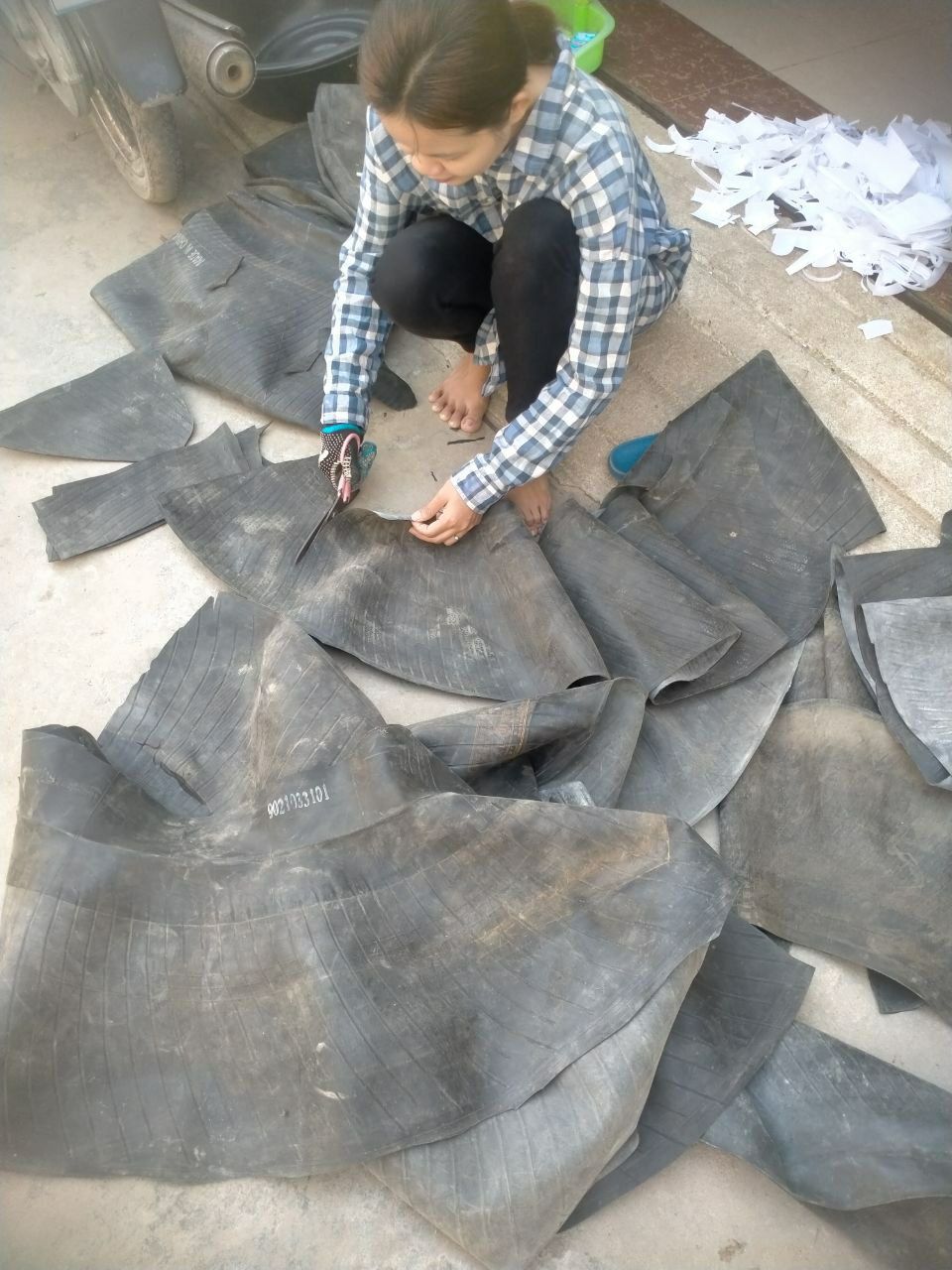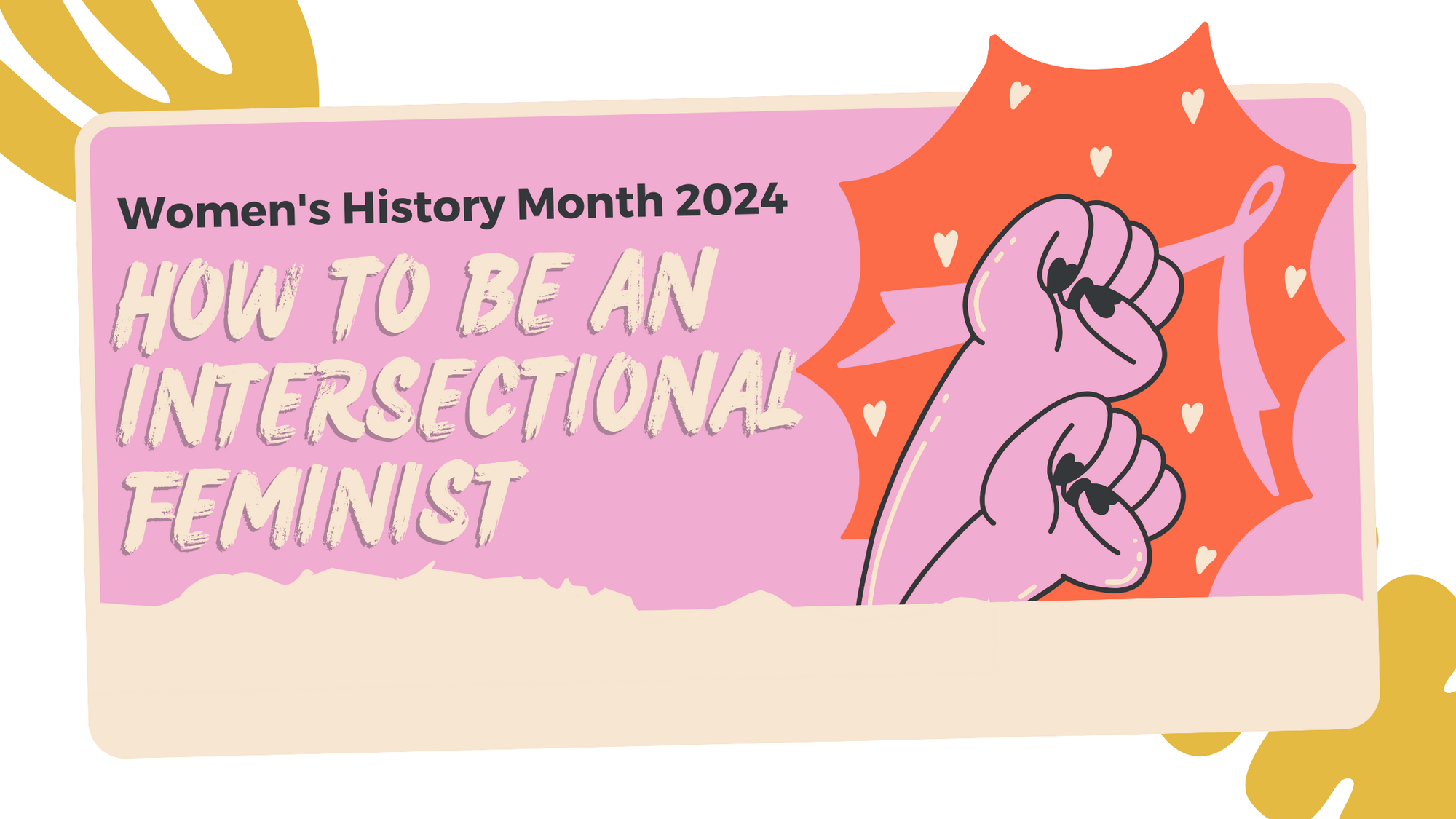Recent years have seen the exponential growth of zero waste stores and supermarket chains following plastic-free trend.
The zero waste lifestyle is clearly gaining a widespread momentum among consumers and each year more and more sustainable products are hitting the market.
The Cambridge Dictionary defines progress as "the movement to an improved or more developed state, or to a forward position". We often think of progress as having something to do with technology, with something that we have now and wasn't available before.
In the case of the zero waste and plastic free movement we are making progress, but by looking and by getting inspiration from what was already existing. In fact, it seems, we are going back to solutions that were already available in the past and had little or no impact on our planet.
1) The Menstrual Cup
The first modern menstrual cups, similar to the cups we know today, were invented in 1937 by American actress Leona Chalmers. She patented a design of menstrual cup which was made from latex rubber.
While numerous companies all over the world offer them they were still not well known in around 2010.
In 2018, the global menstrual cup market size accounted for around $632 million in and is expected to reach $963 million by 2026.
2) Piñatex
Piña is a traditional Philippine fibres made from pineapple leaves. Pineapples were widely cultivated in the Philippines since the 17th century for weaving lustrous lace-like luxury textiles known as nipis fabric.
The use of pineapple fibres for cloth was already fashionable in France in the early 1840.
Today London-based company Ananas Anam, created Piñatex using pineapple leaves and it is regarded as the most affordable, plant-based leather option and has appeared in hundreds of products.
3) Luffa Sponge
Luffa has been used for millennia for everything from food, to sponges, to engine filters. The plant is a relative of the cucumber family and has been grown for thousands of years in many tropical areas of the world.
Journalist Nell Cusack wrote in 1893 that they were in great demand as young ladies began using it to scrub their faces.
4) Beeswax Wrap
Beeswax wraps are a modern take off on an old method of food preservation. Waxed cloths were in fact used to preserve food and cover the odours probably since the Middle Ages.
Beeswax was among the first plastics to be used and for thousands of years, beeswax has had a wide variety of applications including strengthen and preserve sewing thread, cordage, shoe laces and an ancient form of dental tooth filling!
5) Reusable Straws
While plastic and disposable straws are a recent invention, humans have been using hollow, cylindrical tubes to bring liquid to their lips for centuries.
Ancient Sumerians, one of the first societies known to brew beer—5,000 years ago—submerged long, thin tubes made from precious metals into large jars to reach the liquid sitting below fermentation byproducts.
While these are just a few examples, it seems clear that we need to reevaluate our lifestyle, our convenience in using plastic and disposable products. Maybe we don't need to look for new solutions, but look back to the past where we as humans were more connected to nature and we used its resources in a more sensible way, knowing that they were finite.



